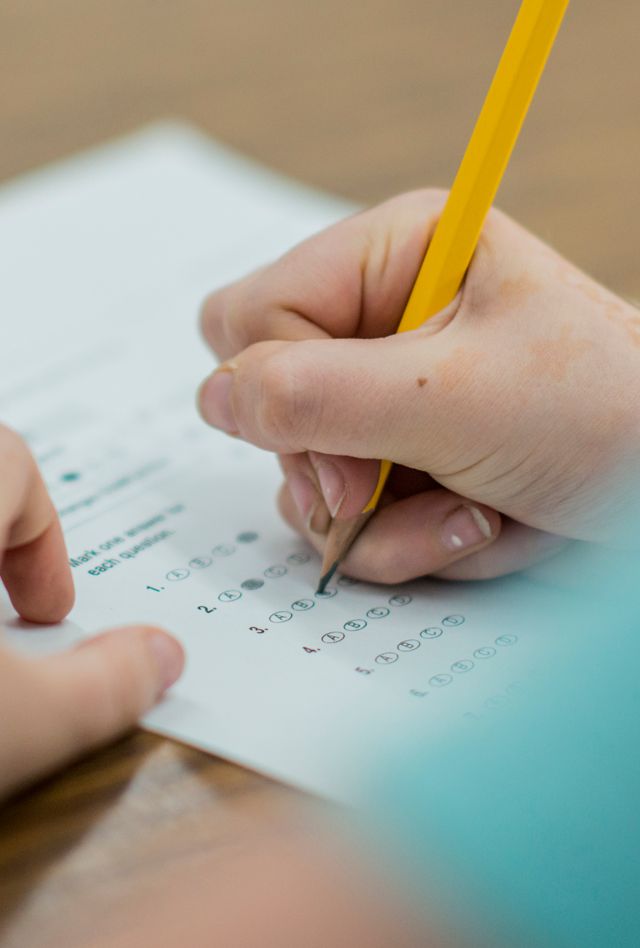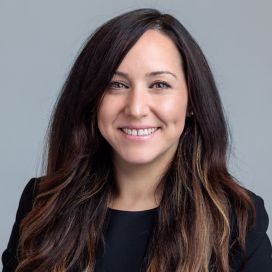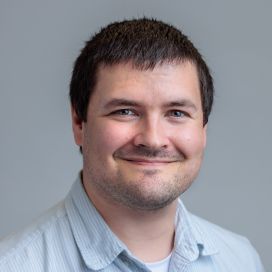Survey to Re-Norm the ASEBA Family of Instruments

Problem
Standardized mental health assessments need to be updated to reflect changes in measures and social trends.
Backed by over four decades of research, the Achenbach System of Empirically Based Assessments (ASEBA) is a widely used family of instruments for assessing mental health across the lifespan and in multiple settings. ASEBA instruments provide educators, clinicians, and parents with reliable and valid measures of competencies and problems that are statistically normalized to reflect how screening scores relate to demographic peers, similar to the growth charts used by pediatricians.
The ASEBA instruments were last “normalized” more than 20 years ago. Given the rapid pace of social change since then, including the COVID-19 pandemic, the ASEBA team at the University of Vermont (UVM) wanted to update the standardized scores for their core set of assessment tools. These include the Child Behavior Checklist (CBCL) completed by parents of young children, the Youth Self-Report (YSR) for older children, the Teach Report Form (TRF) for children in school, and the Adult Self-Report (ASR).
Solution
NORC developed a novel hybrid sampling approach to obtain nationally representative data needed for the re-norming.
In the past, the ASEBA instruments have been normalized using field-collected data from a nationally representative sample. However, collecting data door-to-door has become prohibitively costly in recent years due to steep declines in survey response rates. To keep costs down, NORC developed a sampling and recruitment plan that provides a nationally representative sample of children ages 1½-18 and their parents on which to base the re-norming of the ASEBA instruments. This “hybrid” strategy leverages the strengths of probability-based sampling approaches with the efficiencies introduced by survey panels.
The hybrid sampling methodology starts with a dual frame approach that employs NORC’s probability-based AmeriSpeak® panel and supplements that with an Address Based Sample (ABS) drawn from NORC’s National Frame to achieve the targeted survey completes in each age group. Additionally, NORC will increase the sample yield and thus hold down costs by employing a predictive modeling approach that uses big data classifiers (BDCs). The two frames will also be cross-referenced with each other to ensure that the ABS frame is non-duplicative of the AmeriSpeak frame. And since both samples are drawn as probability samples, the survey data can accurately be weighted to ensure unbiased and reliable population estimates.
Result
NORC’s hybrid approach will yield representative data that maintains the quality of the ASEBA.
By combining two nationally representative data collection methods, NORC’s approach will enable a rigorous re-norming of the ASEBA that is critical for maintaining its current diagnostic value and ability to assess trends in the mental health of America’s children and youth over the past 20+ years.
Are You a Study Participant?
Questions about the survey? Experiencing technical difficulties? Contact us:
Related Tags
Project Leads
-
Kevin L. Brown
Vice President -
Lekha Venkataraman
Senior Research Director -
Ipek Bilgen
Principal Research Methodologist -
Ned English
Associate Director -
Ryan Buechel
Senior Research Director -
Evan Herring-Nathan
Senior Statistician












